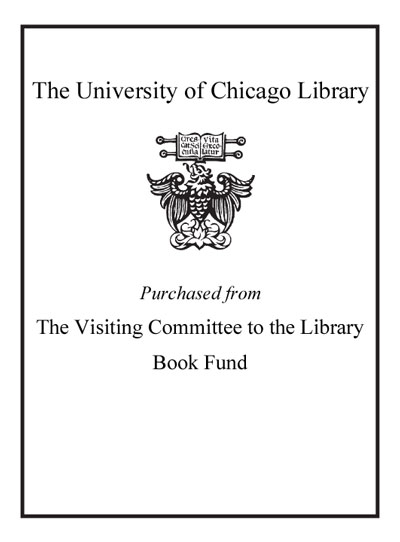Review by Choice Review
Recent exhibition catalogues on Richard Diebenkorn's work include V. Mecklenburg's Modern Masters (CH, Jun'09, 46-5443), featuring Diebenkorn's Ocean Park, No. 6 (1968), a painting that commenced an important series of works marking his last foray into abstraction. Following this was Richard Diebenkorn: The Ocean Park Series, by Sarah Bancroft, Susan Landauer, and Peter Levitt (CH, Jun'12, 49-5466). This new exhibition catalogue by Burgard and Acker (both, Fine Arts Museums of San Francisco) and Nash (Palm Springs Art Museum) features a period when Diebenkorn transitioned away from abstraction into a period of representation (c. 1955-1967). Three essays carefully describe the connections between Diebenkorn's Berkeley representational paintings and the works from his earliest--c. 1946-56--abstract phase. Also discussed are Diebenkorn's favorite subjects--the figure, landscape, and still life--and ties to important art historical precedents and contemporaries such as Matisse, Bonnard, Cezanne, Hopper, Bischoff, and Park. The essays--largely concerned with formal and thematic issues--leave much room for closer, contextually based readings of the work, especially regarding abstraction and representation's relationship, and the critical reception of Diebenkorn's Berkeley-period paintings. Included are numerous color plates, a thorough biographical chronology, Rose Mandel's photographs of the artist at work, and an extensive bibliography. Summing Up: Highly recommended. Lower-level undergraduates and above; general readers. D. E. Gliem Eckerd College
Copyright American Library Association, used with permission.
Review by Publisher's Weekly Review
This sumptuous book presents the work of American painter Diebenkorn (1922-1993) in a period of explosive growth. Each editor contributes an essay to provide context, breaking down Diebenkorn's work into roughly five categories. The grand achievement of the book is the way that the works hang together and evoke a sense of place. In one mode, he paints colorful exteriors of empty houses that summon feelings of loneliness as powerful as similar paintings by Hopper. In another, he renders exquisitely quiet domestic interiors as gorgeous as any by Matisse. In a third, he paints striking maps and landscapes that evoke both serenity and loss. His abstract paintings are just as ambitious, and fit seamlessly with his other work. And finally, his sensual nudes speak of comfort and refuge rather than agitation or lust. Diebenkorn has his own undeniable and recognizable style. His use of color to spellbinding effect-a yellow nude, a yellow porch, and a yellow figure-is reproduced vividly here, and his signature geometric compositions, always with imperfect and bold lines, are sumptuous and calming, whether they represent figures, interiors, or landscapes. Diebenkorn richly deserves his place in the 20th-century art-historical canon. (June) (c) Copyright PWxyz, LLC. All rights reserved.
(c) Copyright PWxyz, LLC. All rights reserved
Review by Choice Review
Review by Publisher's Weekly Review

